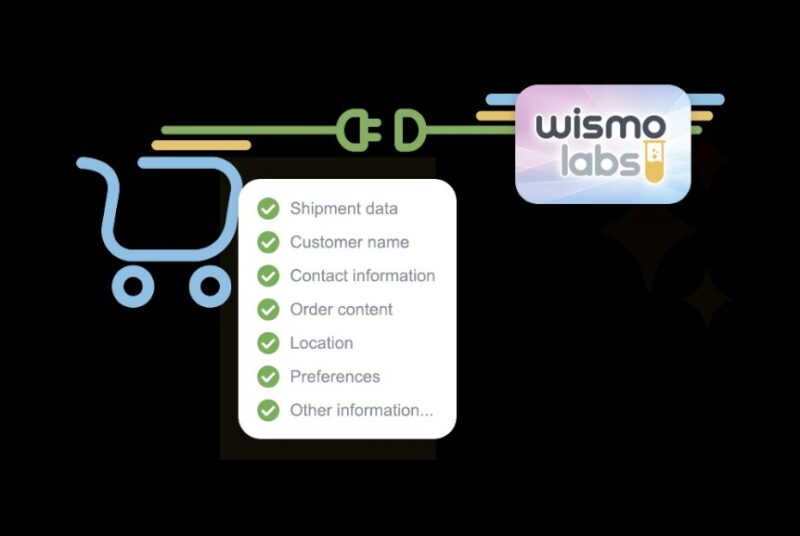While everyone wants to spend less, many people won’t because they simply don’t know where to start, have no idea how their own spending compares to typical budgets, and have not considered how to decide which budget categories are ripest for savings opportunities. This article will walk you through the steps to slashing your budget, even if you don’t have a budget.
Sections in this Article:
- Look at Last Year’s Budget (Even If You Didn’t Have One)
- Estimate This Year’s Budget (And Be Realistic)
- Compare Your Budget with the National Average
- Pinpoint Categories Where It’s Easiest to Save Money
- Pinpoint Categories Where It’s Most Exciting to Save Money (Think Big)
- Make a List of the Changes You Will Make
- Reality Check (Look at Your Budget Each Month)
Look at Last Year’s Budget (Even If You Didn’t Have One)

Honestly, most households don’t have a written budget.
To guesstimate your previous year’s budget in less than 10 minutes, jot down these simple categories and do some quick math:
- Housing: Multiply your monthly rent or mortgage times 12. Multiply that by 1.25.
- Food at Home: How many times do you go to the grocery store each week? Multiply that by how much you spend on a typical grocery bill. Multiply by 52.
- Food Away from Home: How often do you eat out in a week? Multiply that by your typical restaurant receipt (including taxes and tips). Multiply by 52.
- Alcohol and Tobacco: By now, you’ve probably figured out the pattern. Estimate how much you spend each week on these, then multiply by 52.
- Car Buying: Assuming you make car payments, multiply the car payment amount times the number of payments per year.
- Other Automotive Expenses: Use the above methods to estimate your gasoline consumption. Add car insurance. Your vehicle’s property taxes, if your state has them. And oil changes, other maintenance, and mechanic bills.
- Telecom: Estimate your monthly phone bill and internet provider bill. Multiply by 12.
- Healthcare: Health insurance premiums, multiplied by 12 if paid monthly. (Some are paid annually or per pay check.) Add what you probably paid on medical visits, emergency rooms, sports physicals, dentists, medicine, and medical devices.
- Personal Care: Haircuts, cosmetics, beauty products, gym memberships, things that didn’t fit under “healthcare.”
- Apparel & Services: If you don’t have a good guess how much you spent on clothing last year, stare into your closet for inspiration on your estimate.
- Education & Reading: Student loan payments, tuitions, professional development not covered by your employer, newspaper subscriptions, books, and more.
- Entertainment: Netflix and similar services, vacations, tickets to concerts and sports events, and anything that just didn’t seem to fit under other categories can go here.
If you’d like a more accurate portrayal of last year’s finances—or don’t like the process of estimating on your own—fear not. If most of your transactions are on credit cards or bank-documented, you can pull up last year’s transactions on statements to “create” last year’s budget. Some banks even assign categories to your transactions, leaving you with a clear list of how much you spent in each major category.
If you look at last year’s budget—or the money your household actually spent—and it feels underreported, remember that not all transactions are captured by credit cards. Checks, cash payments, and other transactions might slip through the budget unnoticed. Try to reconcile your budget with a more accurate picture of your whole life as best you can before moving to the next phase.
Estimate This Year’s Budget (And Be Realistic)
Only once you have a strong understanding of what you spent in the past can you honestly estimate this year’s budget. It’s unrealistic to expect this year’s budget to be exactly the same as last year. Prices tend to increase. Circumstances change. Adding a new child or pet or hobby can impact your expense expectations. Lifestyle changes also impact how much we spend, and some of those are subconscious (wanting to “impress” neighbors, clients, or friends), while others are not up to us at all (medical issues or community disasters). While you cannot predict everything, you can add a budget line item for “unexpected emergencies” and do your best to look at your expenses as openly, honestly, and realisticly as possible.
Compare Your Budget with the National Average
The 2019 U.S. household national average for each category is included in this CouponFindr.com article on deciding which expenditure to prioritize for reduction, a fancy way of saying “budget slashing.” If you didn’t quite allocate your various expenses exactly as the U.S. Bureau of Labor Statistics did, then keep that in mind as you compare. Also, note that it’s a chart of average expenses, which means your household’s disposable income may be much more or much less than the $50,000 spent.
If you feel lost, start with a simplified comparison. The average U.S. household spent $18,000 on housing in 2019. That’s about $1,500 per month. Much has changed since 2019, including in the housing market. But if you can think back to 2019 and recall how much your household spent for shelter per month, that should give you a hint whether your overall expenses will be much larger or smaller than an average household. Just knowing that gives you a starting point.
Pinpoint Categories Where It’s Easiest to Save Money

Which category is easiest for saving money? It depends on your household. Most people will compare their own household’s expenses to the national average and if one category stands out as excessively more than the national average, they will either justify it mentally or target it for reduction.
However, people seem to find small, incremental ways to save easiest, so many people lop off expenses in the food away from home category (by couponing and switching to more at-home meals), the food at home category (with more scrutiny of couponing), and the relatively smaller categories of reading (buy fewer books, use the public library, stop the newspaper subscription) and entertainment (turn off one of the many media subscriptions you don’t use).
Even if it’s just a tiny bit of saving, the small success can fuel your interest in aiming at more difficult categories and making the time to pull each category apart.
Pinpoint Categories Where It’s Most Exciting to Save Money (Think Big)
It’s housing. The average U.S. household spends 36% of its expenditures on housing, whether that’s a mortgage or rent, with additional housing related expenses in property taxes, HOA fees, utilities, appliances, and furnishings.
Ironically, most savers focus on reducing their everyday expenditures, like switching from restaurant meals to less expensive groceries, cutting back on coffee outings, or cancelling their newspaper subscriptions. Every bit counts, sure, but you can spend the same hour focused on reducing costs on anything in your budget, and the biggest category is almost always housing. Focus there, not the coffee runs, and you will slash a few thousand dollars off your budget.
Don’t automatically skip over the opportunity to reduce your housing costs out of fear you’ll be told to “move someplace smaller.” Yes, a smaller home leads to reductions in utilities, furniture needs, property taxes, and of course rent or mortgage payments. But no expert will tell you to move immediately. The smart suggestion is to plan for your future, today. For example, at what point would you feel comfortable downsizing? Most people’s obvious answer is “when the kids leave the nest,” and yet many people who move due to career location moves have the opportunity to downsize much earlier than the empty nest phase. Instead of moving into a house with enormous closets, consider whether it would be less expensive and cleaner to box up some things and place them in a storage unit. Instead of moving to a house boasting an extra room for an indoor gym and a swimming pool, consider moving to a more affordable home in an HOA which provides both gym and pool. And if you have no plans to actually downsize your physical home through moving, look at those extra housing-related costs and target some to cut: refinance your mortgage at a lower rate, challenge your property’s tax assessment to lower it, rent out a room to a university student, or stop paying for cleaning services for rarely used rooms.
Make a List of the Changes You Will Make
Use a piece of paper, your phone, whatever makes you happy. But make a list. People who make a list make a mental commitment stronger than those who only think about doing something. Post the list where you will see it. If you are visual, consider posting photos that help you remember your chosen changes. And if you’re into humor, perhaps you’ll find cartoons that make fun of your proposed changes to keep you laughing as you do them. Whatever it takes, make that list and put it where you will frequently see it.
If your changes involve other people, put a copy of the list where they are likely to notice it, too. Don’t want to pay for extra heating or air conditioning? Tape a reminder to the thermostat.
Reality Check (Look at Your Budget Each Month)

Finally, know that this project never ends—not if you are serious about slashing your budget.
Pick a number 1 through 30. Write it down. Great. Now, each month, on that date, review the previous month’s total spending and compare it to your goals. Where are you seeing progress? Pat yourself on the back. What budget categories refuse to budge? Honestly evaluate whether that’s because you haven’t yet followed your plan.
Notice which steps have slipped off your to-do list, grab them, and take those actions. And don’t settle. Brainstorm. Fuel yourself from your progress or lack of progress and pick a budget category you would like to reduce. Read a few articles on how others suggest you cut back in that area, then take a mental break—walk the dog, draw a bath, weed the garden—and let the ideas percolate until you have your own thoughts properly brewed on how you can hit your goals.
Related Posts:
- Things Secretly Blighting Your Health & You Don’t…
- Don’t use these apps on your iPhone; otherwise, you…
- 10 Facts About Seth Meyers That Will Make You Love…
- The Best Technique to Get a Loan When You Don't Have…
- 8 Hygiene Practices to Continue Even After the…
- One Punch Man Season 3 Might Have Many Surprises For You!






